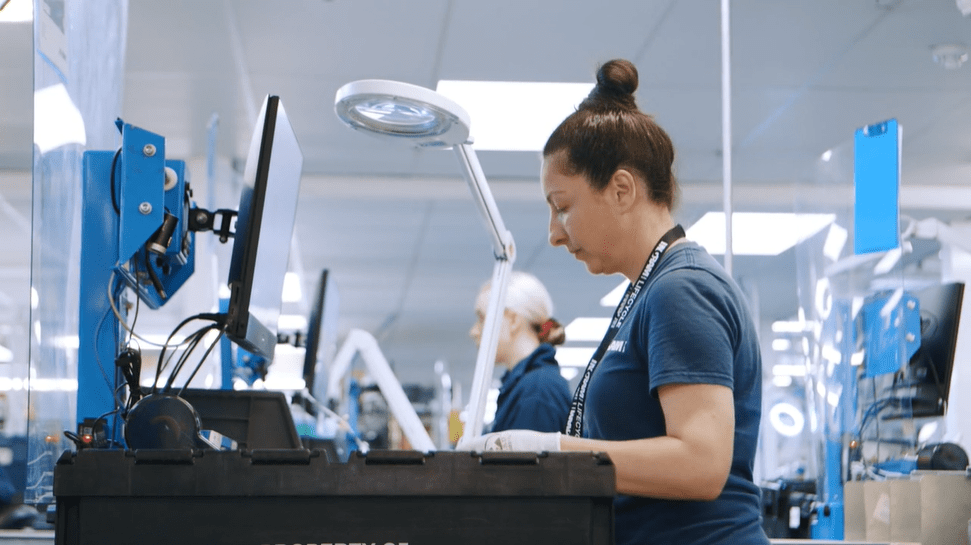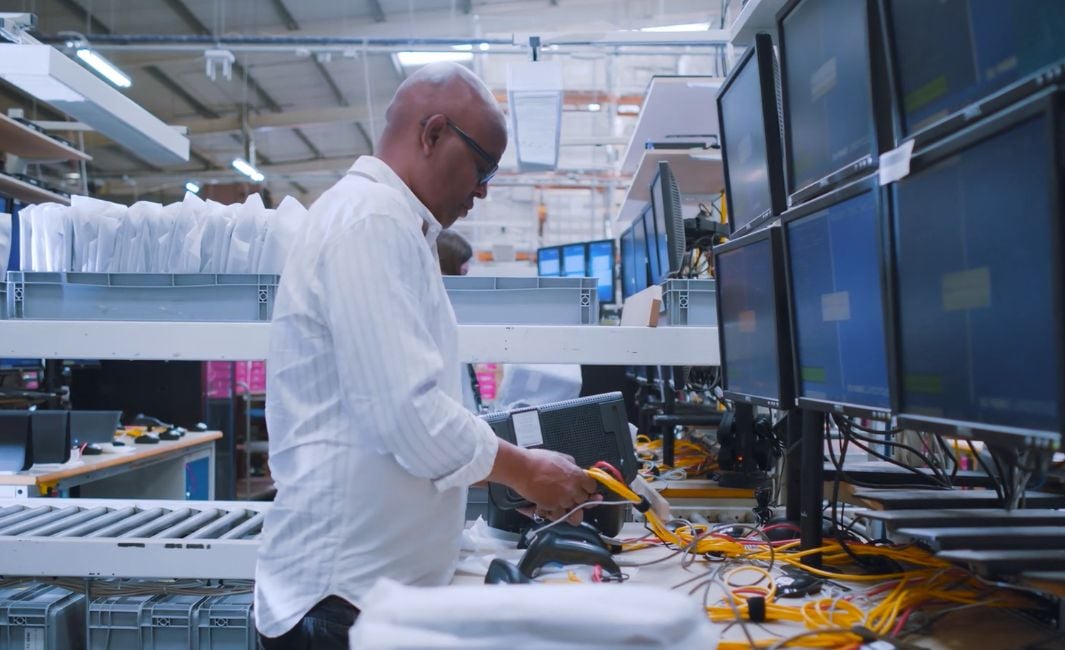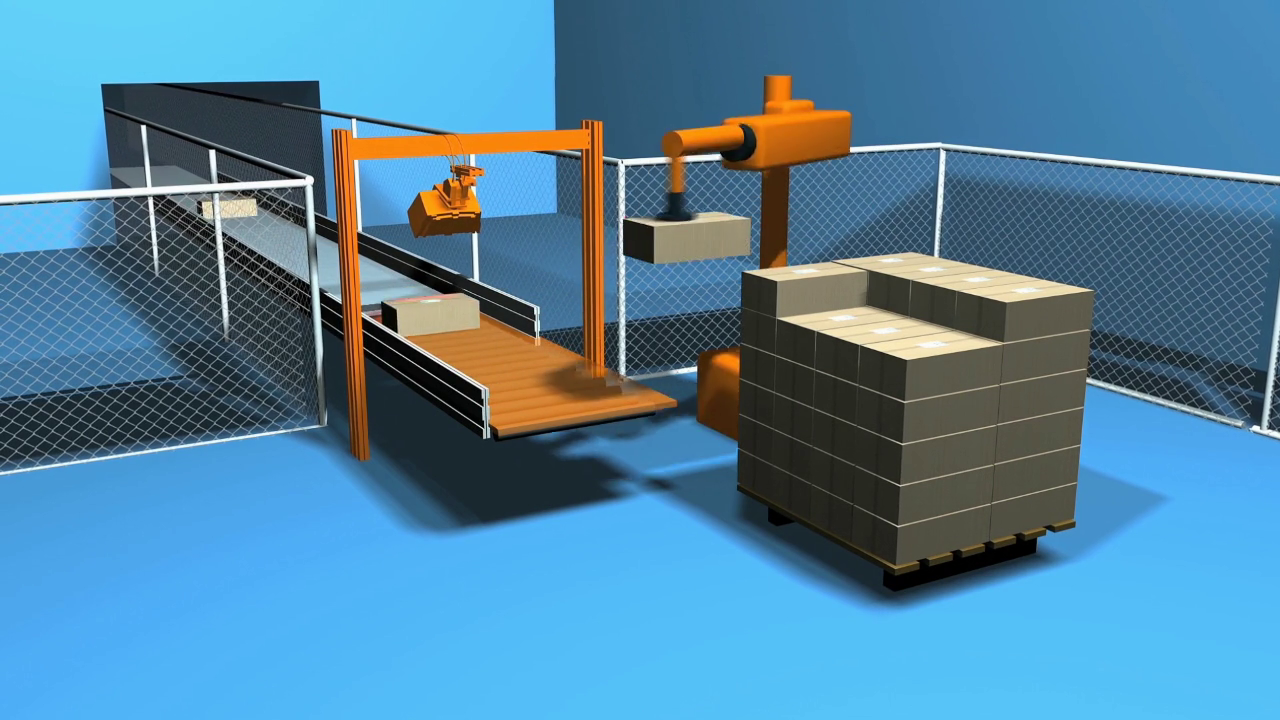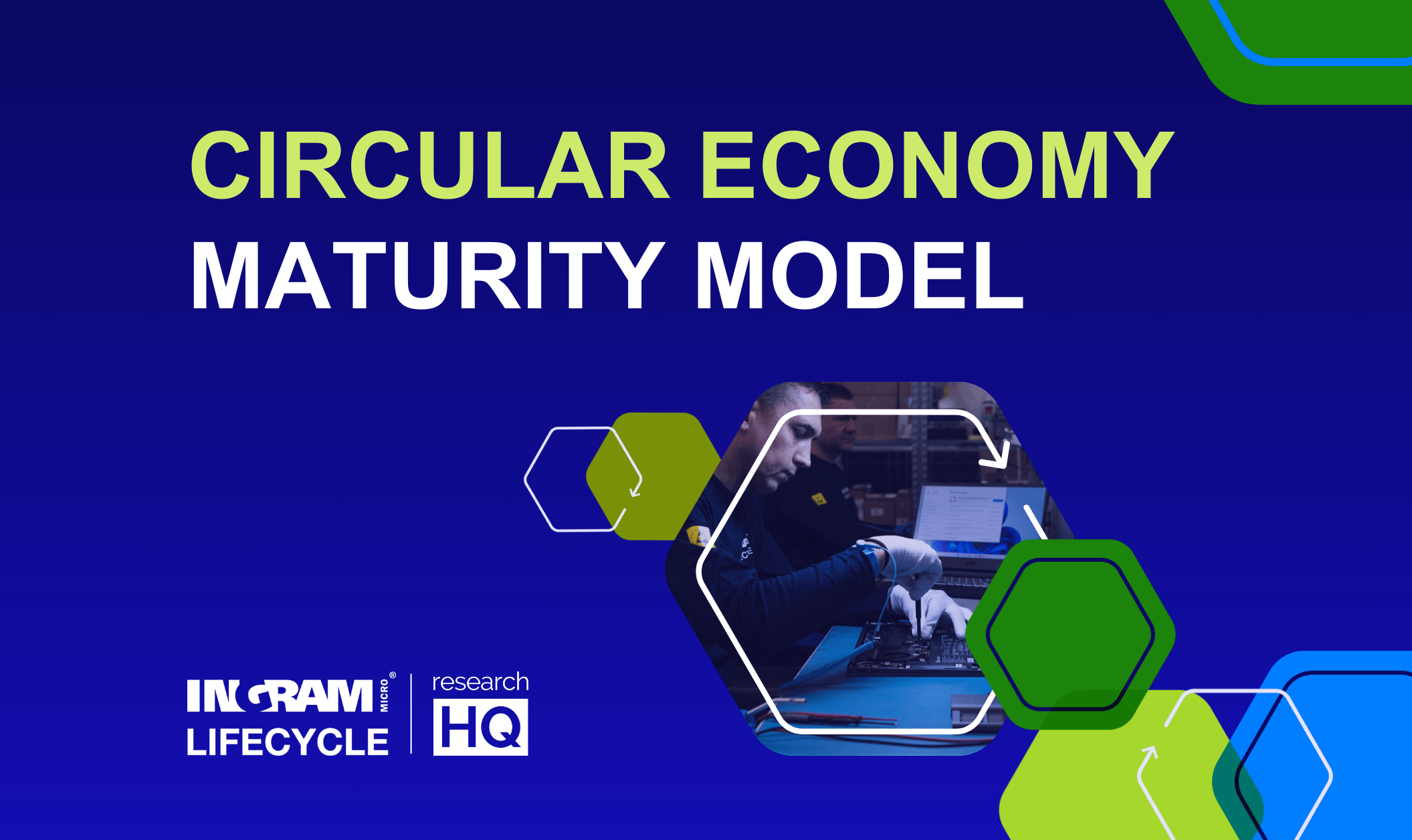Glass Surface Recovery
Ingram Micro Lifecycle’s robust buff and polish services for smartphones provides thorough aesthetic uplift supported by intensive functionality tests.
How we developed the process and why
Ingram Micro Lifecycle provides market-leading solutions that uplift devices for highest market appeal and value recovery. To support our mission to enable a circular economy for our customers, we constantly refresh and develop customer-centric services that are unique, rather than out-of-the-box. We tailor our approach to individual customers to guarantee the best solutions.
Smartphone use and ownership is rapidly increasing. Between 2024 and 2029, the global number of users is expected to increase by 1.8 billion users. It’s estimated that 4.69 billion individuals own smartphones. 78 million smartphone owners in the US reported damage in 2023, taking the cost users spent to fix screens to $8.3 billion. Consider those numbers and think about what happens to those phones when they’re damaged, or no longer needed.
Without solutions that restore and recover the condition of these damaged smartphones, they’re likely to end up as e-waste. Mobile network operators, OEMS or retailers were missing cost-effective options to uplift device conditions to ‘like new’. This left them having to buy brand new products to satisfy customer demand instead and a high volume of damaged goods facing expensive repairs.
As e-waste in landfill, slow degradation releases toxins into the environment. Informal handling can lead to human harm and negative health impacts.
Our proprietary buff and polish smartphone process takes these damaged, unwanted devices that have been returned to operators, retailers and OEMs, and makes them desirable and functional products. Over the years, we’ve honed our approach to combine the best repair and refurbishment innovations with stringent tests to ensure a high-quality yield that can enter the resale market as close to “new” as possible.
About the process
Smartphones are received at Ingram Micro Lifecycle’s facilities where serial numbers are captured for our inventory control systems.
Depending on the starting quality, our meticulous multi-step process is structured to ensure optimal quality, performance, and durability. All products are subject to full data wiping and software flash before re-entering the market to ensure complete compliance with data security legislation.
-min.jpg?width=2776&height=2082&name=Image%20(34)-min.jpg)
An overview
The first step is to identify the scratch level. Damage is classified into four levels of severity based on damage location and depth, ranging from light hair line scratches to deep scratches. This determines the type and method of polishing required for optimal results.
The smartphone’s oleophobic coating is removed from the unit using plasma before recovery processes begin. The receiver and speaker are covered with a non-intrusive protective barrier to stop water ingress during polishing.
Polishing is conducted either screen-wide or isolated to specific affected areas, depending on the outcome of the initial scratch identification process.
Afterwards, another round of plasma treatment removes any residual dirt, grease, or oil that may affect the bonding of the oleophobic coating during reapplication. This coating is important in making the unit water- and oil-resistant. UV treatment cures the coating, and a water test ensures efficacy.
More intensive damage may require delamination.
Quality controls
Cosmetic and functional tests are conducted to guarantee the desired quality standards expected and the smartphones perform as good as new. Radio frequency testing verifies handset signal and functionality in each of the frequency bands requested. Finally, a water resistance check ascertains that the water resistance of IPx7 and IPx8 devices remains intact.
The facility is audited to ISO 9001, 14001, 27001, and 45001 certifications. It holds R2v3 standards and is OEM accredited. Each is a guarantee for consistent high-quality outputs.
-min.jpeg?width=1058&height=566&name=Image%20(32)-min.jpeg)
Examples of testing
A device passes quality control if we find no cosmetic or functionality issues during testing. The parameters of our functional tests are determined based on customer requirements.
Market-leading technologies and automations are used throughout our tests to streamline workflows and enhance efficiency. Automatic heat presses guarantee the secure and complete closure of units, activating the LCD adhesive and waterproof seal. Thermal cameras ensure uniform heat distribution during processes that need certain temperatures for success. Laser equipment is used for part recovery and component cleaning, providing a cleaner and less aggressive solution, preserving as much of the original characteristics as possible.
Cosmetic validation
Along with visual inspections, a blemish gauge is used to determine a flawless surface. LCD resistance of oils and fingerprints is tested using a drop of distilled water. The drop must roll across the surface without changing shape or leaving a trail for the device to pass the oil repellent test.
Functional validation
The process incorporates a standardized system, specifically designed to ensure the proper functionality and performance of all installed components. This approach maintains high-quality standards, reduces the risk of errors, and guarantees that each component operates as intended before being delivered to the customer.
By following this rigorous process, our solution ensures that every repair or installation meets the necessary technical specifications and provides the reliability expected from the service.
Functions that are tested include:
|
Wireless charging |
True tone |
Vibration |
Camera and flash |
|
Battery |
Speaker |
Magnometer |
NFC |
|
Facial ID |
Gyroscope |
And more. |
|
Waterproof quality assurance
Three different control points are established throughout the end-to-end process to validate the waterproofing; housing, installed components, and the closed device. At each point, the unit is subjected to leak tests, evaluating pressure variations and functional output distortions to detect leaks.
First Article Inspection (FAI)
During the onboarding of a customer, devices are subjected to FAI tests. These include:
- Rough surface drop: this checks device durability when subjected to a rough drop surface. The unit is dropped screen-down onto sandpaper, used to mimic an everyday rough surface, from various heights and angles.
- Tumble: simulating repetitive freefalls to meet or exceed expectations of device durability.
- Vibration: mimicking transportation and normal usage, the device is subjected to vibrations over periods of time.
- Impact: an item is methodically dropped onto each section of the screen multiple times.
- Submersion: verifies the resistance of the device to water ingress. The device is powered on and makes an active call before being secured in a tank of water, time and depths determined by IP ratings. The device is removed, dried, and used to make an active call.
- X-ray: shows the internal structure and make-up of the unit to verify all parts are present without any damage.
These initial tests ensure that the process flows smoothly and meets customer requirements.
The benefits of Glass Surface Recovery
Improved yields and quality
This multi-faceted approach ensures all screen defects can be restored, minimizing product waste. Complete functionality is restored including waterproofing and face recognition. Using OEM-approved parts and processes, alongside innovative technical advancements, yields cost-effectively meet the highest reconditioned standards for longevity of re-use. Yields are also considerably higher, achieving over 90% for resale.
Color matching, buffing and polishing eliminates cosmetic blemishes, making the product more desirable for the next user and uplifts the value recovery potential.
Our radio testing frequency includes both 4G and 5G technologies, ensuring our program expands to accommodate the latest technical advancements. We have custom-built testing jigs and fixtures for specific models, and our fully-equipped, bespoke laboratory has been developed with testing in mind. This ensures we only deliver the highest quality outputs with reliable test results proving efficiency and efficacy.
Our facility and service
Ingram Micro Lifecycle facilities are fitted with lighting well above 2000 LUX to support cosmetic inspection, boosting accuracy. Our associates are fully trained with regular refreshers, including in waste avoidance for parts and scrap. We have a dedicated training suite where onboarding and continuous development ensures a strong culture and dedicated ethos, key to outstanding results for our customers.
Weekly reports and regular product audits are issued with a 99% accuracy rate.
Our production area has a controlled perimeter with round-the-clock monitoring and restricted entry maintained by security guards so you can trust that your products are safe.
The program we’ve developed is a culmination of over 18 years’ experience in the technology sector, a showcase of engineering passion and commitment to lifecycle extension.
Promoting a circular economy
Through our buff and polishing program, parts reuse is maximized where possible to enhance the sustainability of the solution and of the product. This lowers waste and the carbon footprint as manufacturing brand new parts/products and the associated carbon costs is avoided; key carbon results which can be passed on to our customers.






